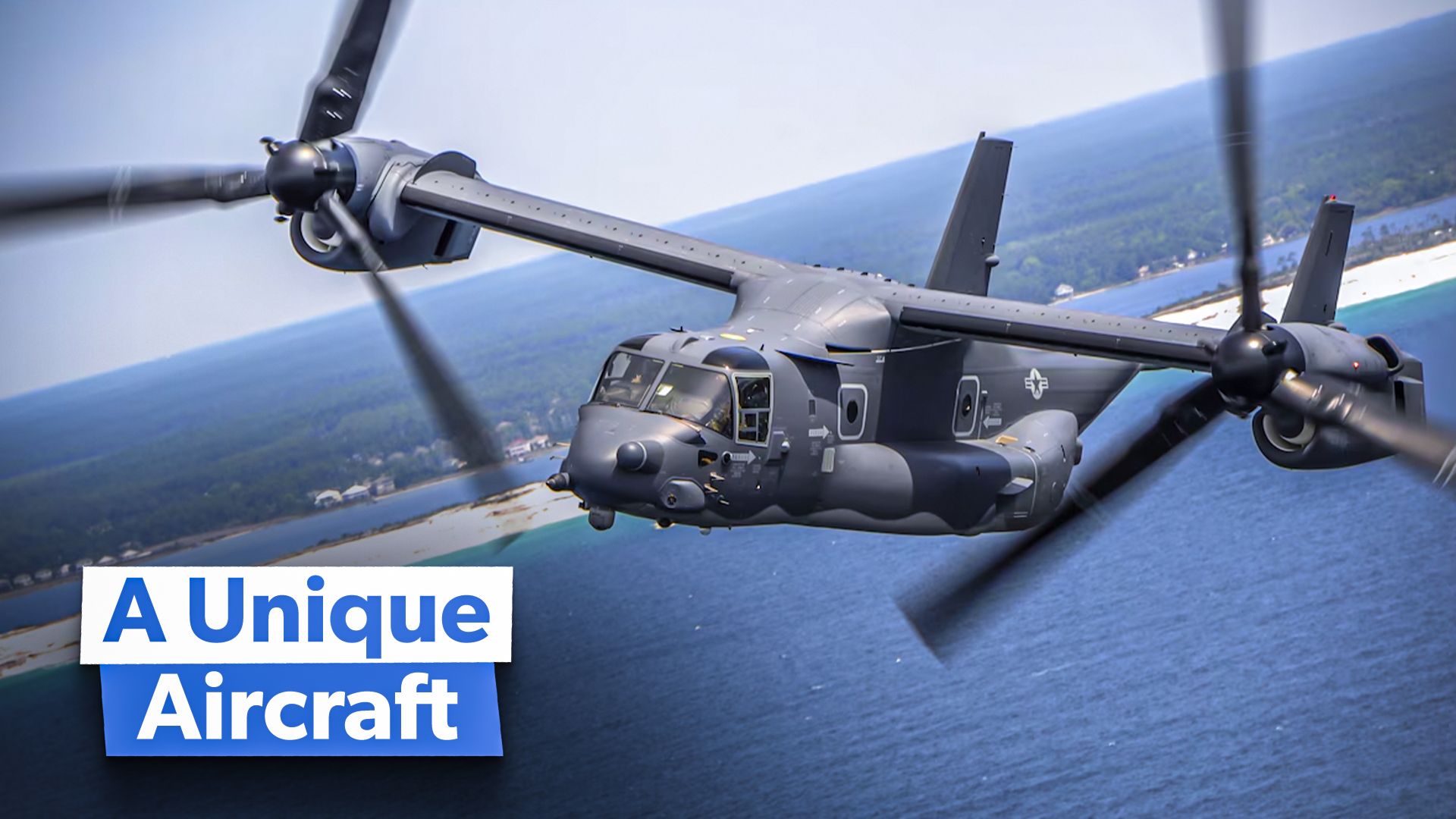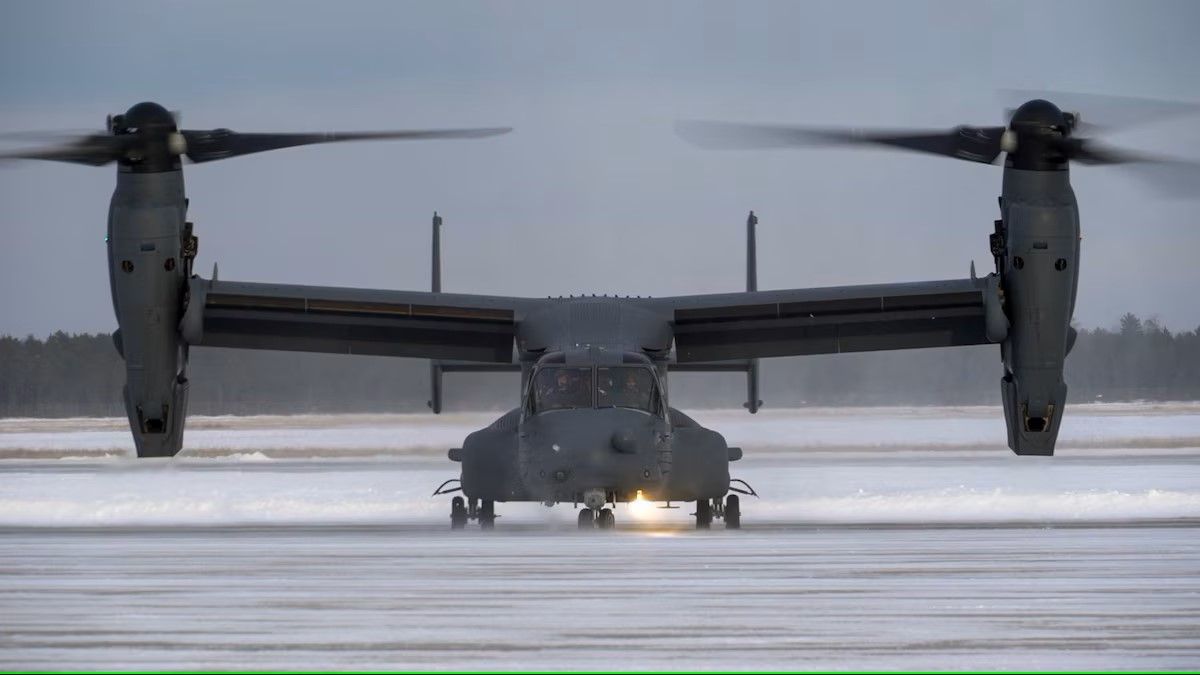Summary
- The V-22 Osprey combines a helicopter’s vertical takeoff and hover with an airplane’s speed.
- Completing the prototype phase after an 18-year wait, the Osprey is currently actively serving in the U.S. military.
- The Osprey is a versatile aircraft used for multiple missions by various branches of the military.
How do you catch a unique rabbit? Unique up on it.
Sorry, dear readers, when I saw the working title of this article, I couldn’t resist starting off with a bad joke. Of course, the real topic at hand is a unique mechanical warbird with a carnivorous namesake (the osprey [Pandion haliaetus], AKA sea hawk, river hawk, and fish hawk, is a fish-eating bird of prey) as opposed to a unique flesh-and-blood herbivorous mammal, but I digress.
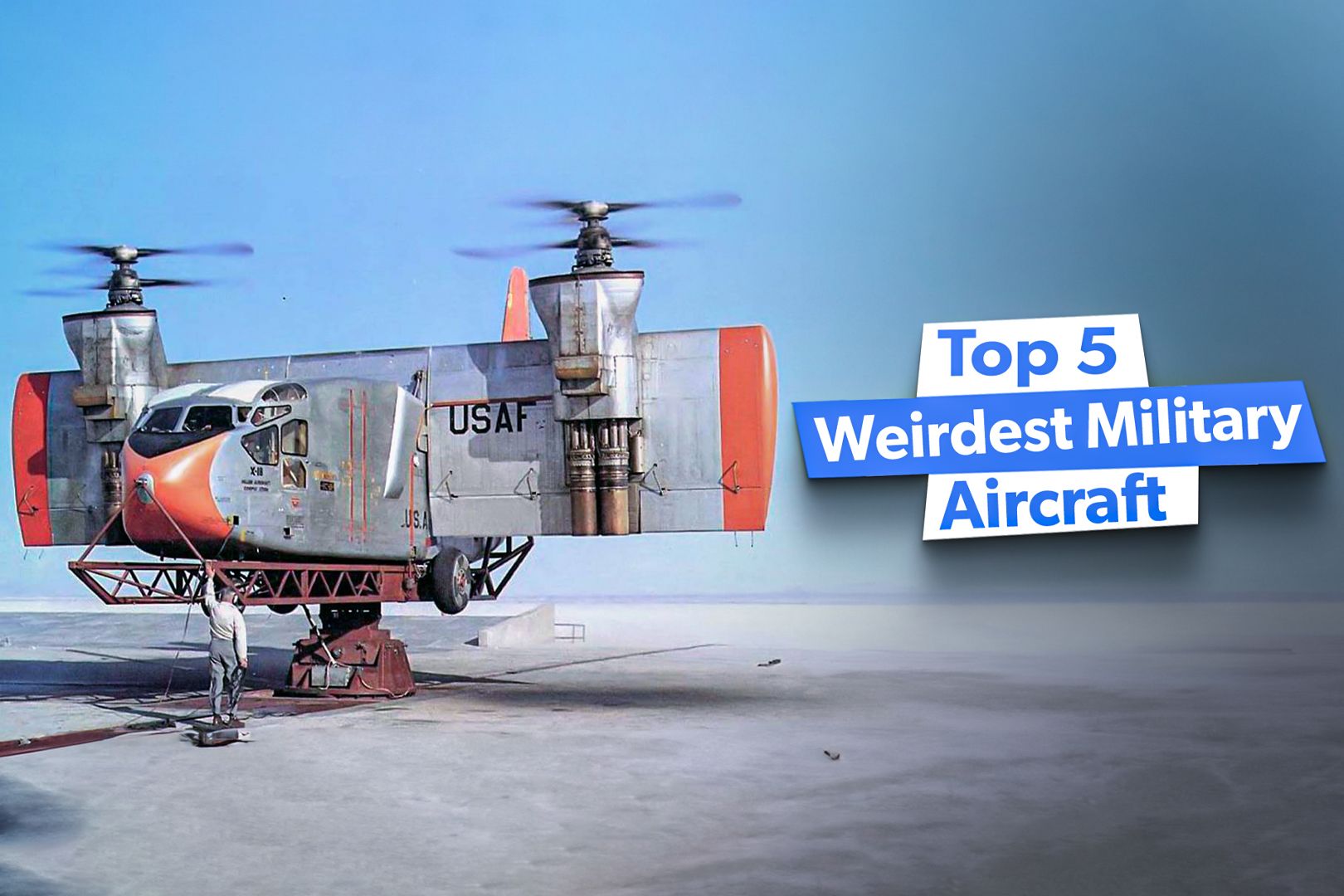
Related
Top 5: The Weirdest Military Aircraft of All Time
Such aircraft are not necessarily bad in terms of quality, but definitely different!
This isn’t the first article I’ve written about weird or unusual aircraft in general, or on weird-looking vertical short take-off and landing (V/STOL) aircraft, as seen in our recent article on the Convair XFY Pogo. However, unlike the Pogo, and unlike four out of the five aircraft listed in the above-linked Top 5 article, the Boeing Bell V-22 Osprey survived the crucible of the prototype phase — not to mention heavily publicized and ofttimes tragic growing pains and teething issues — to become a currently operating U.S. Armed Forces warbird. We will now take a look at what makes the Osprey unique amongst actively serving U.S. military aircraft.
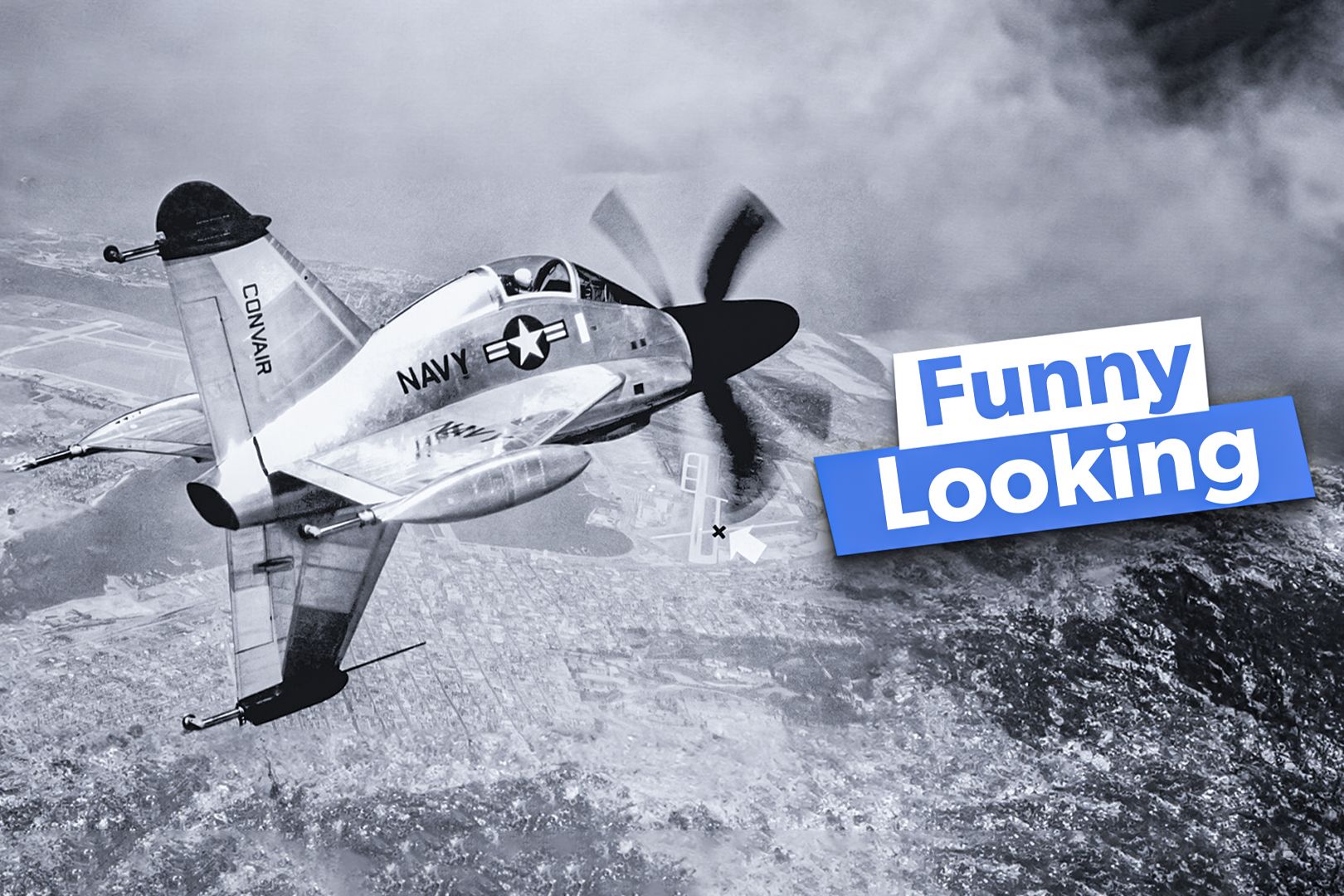
Related
Convair XFY Pogo: Why The US Navy’s Funny-Looking VTOL Experimental Aircraft Program Failed
Besides the pogo stick and the Pogo comic strip, there was also the Pogo V/STOL fighter plane. It predated the Harrier by over a decade.
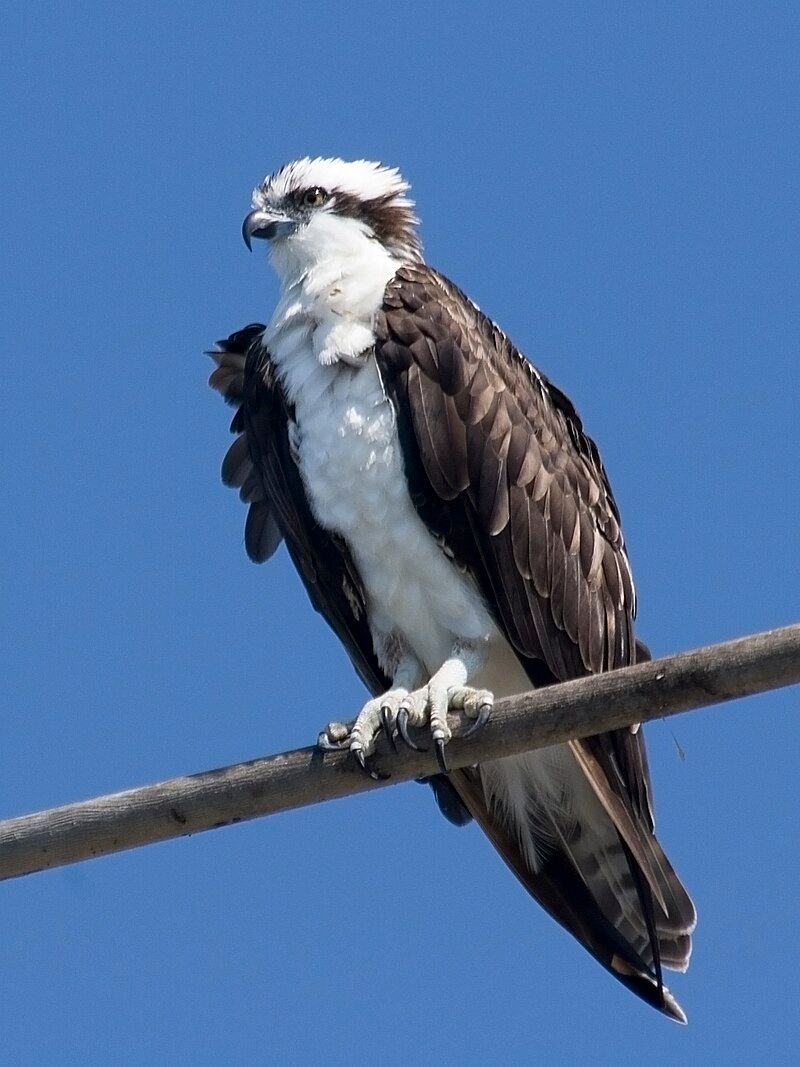
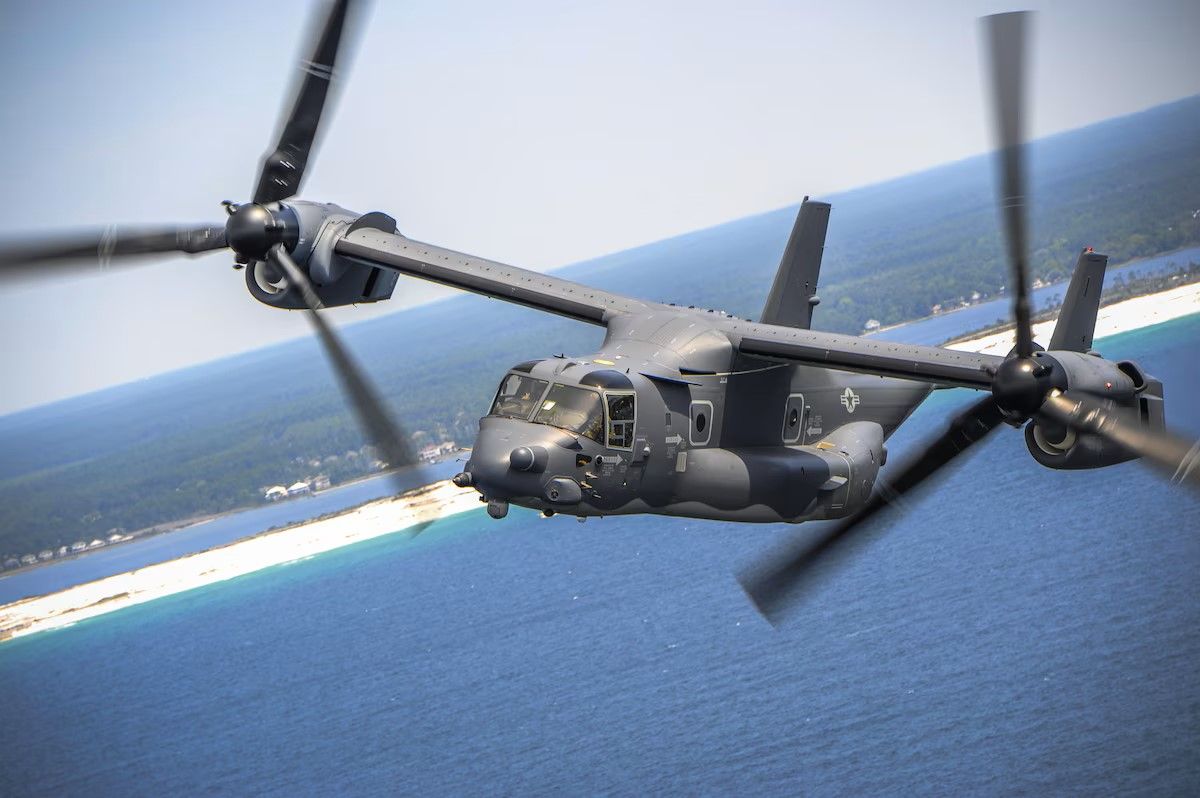
The world’s first production tiltrotor aircraft
As the headline of Boeing’s official info page on the Osprey proudly proclaims:
“V-22 Osprey: Unlike any aircraft in the world”
From there:
“The V-22 Osprey is a joint service multirole combat aircraft utilizing tiltrotor technology to combine the vertical performance of a helicopter with the speed and range of a fixed-wing aircraft. With its rotors in vertical position, it can take off, land and hover like a helicopter. Once airborne, it can convert to a turboprop airplane capable of high-speed, high-altitude flight. This combination results in global reach capabilities that allow the V-22 to fill an operational niche unlike any other aircraft.”
It took a lot of time, as well as trial & error, for the Osprey to attain that historic first status. Although it made its maiden flight back on March 18, 1989, it didn’t actually achieve full operational status until June 13, 2007; the U.S. Marine Corps was the first branch of service to adopt it, followed by the Air Force in 2009. During the interim, the long-suffering V-22 survived two U.S. Senate cancelation votes in 1989 as well as efforts by then Secretary of Defense (SECDEF) Dick Cheney to kill it between 1989 and 1992.
Contrary to the metaphor “neither the proverbial fish nor fowl,” I suppose you could say this aircraft is both fish AND fowl (pun intended vis-a-vis the fish-eating avian namesake). Officially, the Osprey is classified by the Federal Aviation Administration (FAA) as a powered lift aircraft.
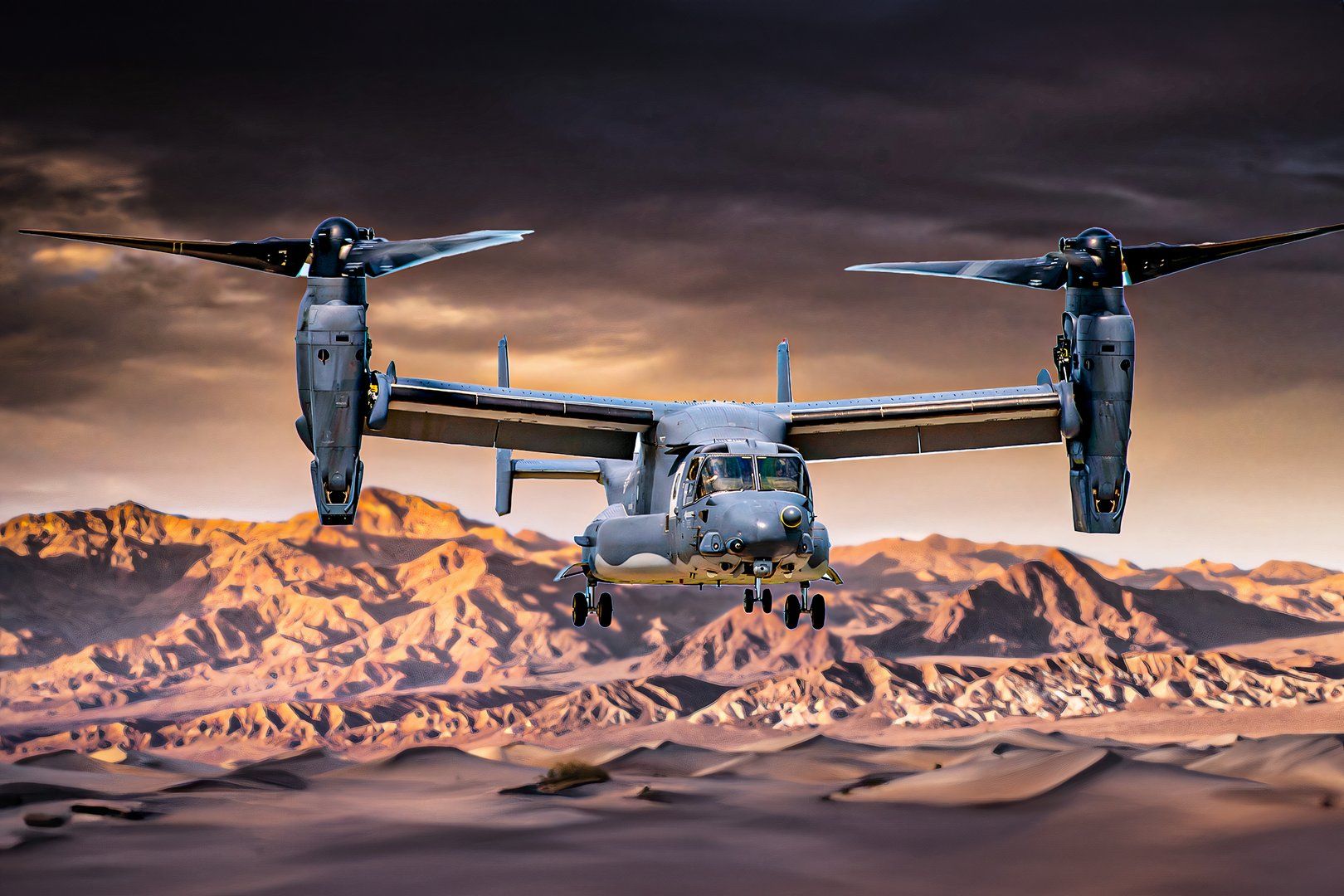
Related
Is The V-22 Osprey A Helicopter Or A Plane?
The aircraft has characteristics of both.
Redefining versatility and flexibility
“Flexibility is the key to airpower,” quoth the old dictum from the early 20th-century Italian airpower theorist General Giulio Douhet. Though they don’t have the exact same meaning, flexibility and versatility ofttimes go hand-in-hand in military applications.
As for the info page of the other variable in the Osprey’s manufacturing equation, Bell Textron Inc., their own info page states:
“For more than 30 years, the V-22 Osprey has fundamentally changed how the U.S. Marine Corps, Air Force and now Navy operate in combat and humanitarian operations. With a fleet of over 400+ aircraft accumulating more than 600,000 flight hours, the Bell Boeing V-22 Osprey continues to prove it’s one of the most versatile and reliable aircraft for our customers and national security around the globe.”
To drive home that point about multirole versatility, the Bell site lists the following mission types that the V-22 can perform:
- Air assault (“Combat proven”)
- Special Ops
- Carrier Onboard Delivery
- VIP Transport
- Aerial Refueling
- Evacuation and Recovery
Regarding the SpecOps mission, the official U.S. Air Force Fact Sheet elaborates:
“This versatile, self-deployable aircraft offers increased speed and range over other rotary-wing aircraft, enabling Air Force Special Operations Command aircrews to execute long-range special operations missions. The CV-22 can perform missions that normally would require both fixed-wing and rotary-wing aircraft. The CV-22 takes off vertically and, once airborne, the nacelles (engine and prop-rotor group) on each wing can rotate into a forward position.”
Administrative uniqueness
Besides the mechanical and cosmetic uniqueness of the V-22 Osprey, it’s also administratively unique in terms of the tandem of the brains behind it: to my knowledge, this is the first-ever partnership between Boeing and Bell Textron. As far as military projects go, Boeing is primarily known for fixed-wing aircraft, such as the legendary B-17 Flying Fortress of WWII and the B-52 Stratofortress of the Cold War to the present day. though they also produce a battle-proven helicopter gunship, the AH-64 Apache.
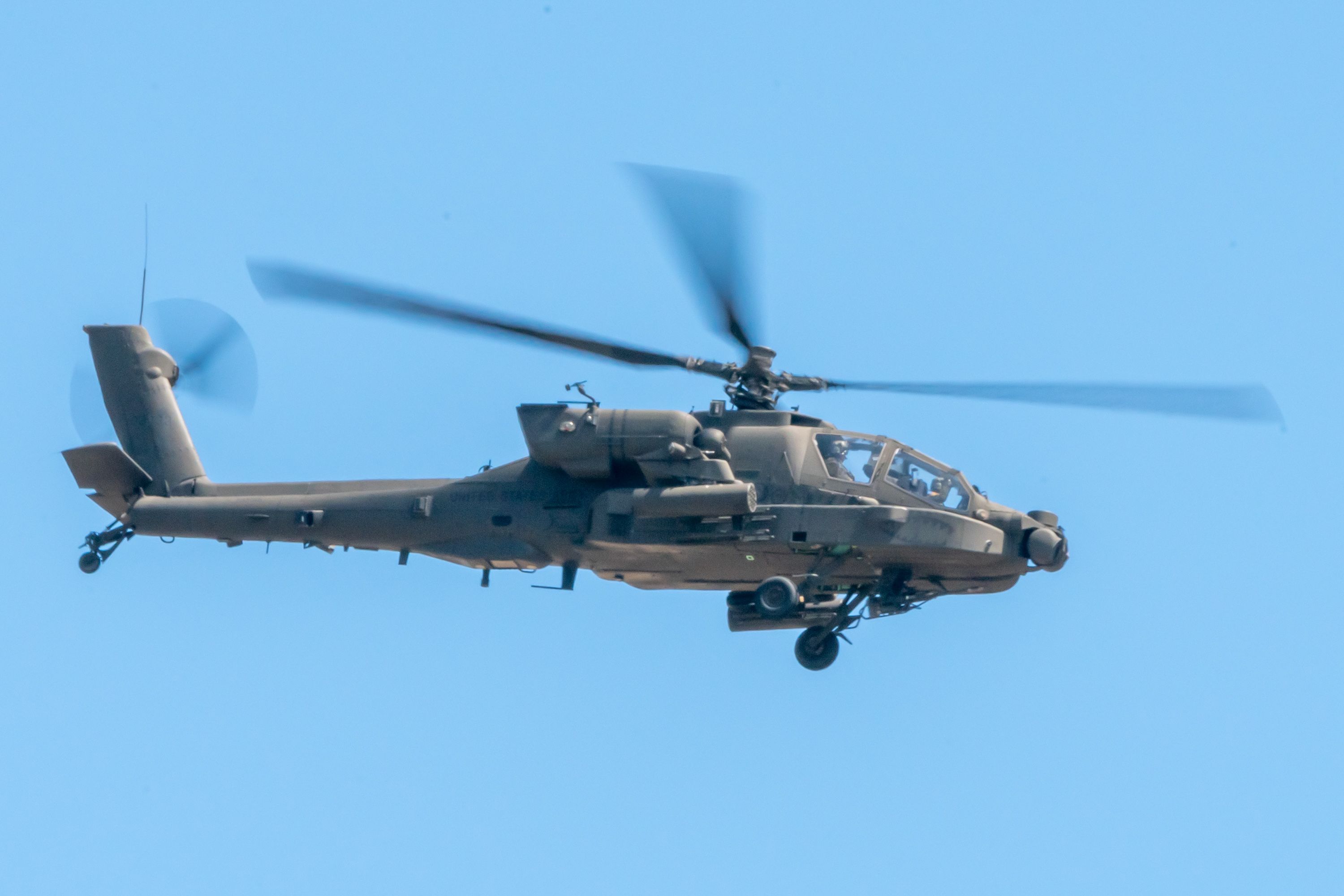
Related
The Boeing AH-64 Apache: Everything You Need To Know
A detailed look at the AH-64 combat helicopter and its use as a precision instrument of war.
Bell, meanwhile, is synonymous with helicopters, especially the iconic UH-1N Huey helicopter that became a legend during the Vietnam War and beyond.
Of course, Bell Textron’s predecessor, Bell Aircraft Corporation, was no slouch in the fixed-wing airplane department either, as demonstrated by the P-63 Kingcobra and P-59 Airacomet of WWII (the latter was America’s first jet fighter) and, of course, the first plane to break the sound barrier, the X-1.
Put together a “Dynamic Duo” (so to speak) of the engineering teams of both of these venerable aviation companies, and the V-22 Osprey is the end result.

